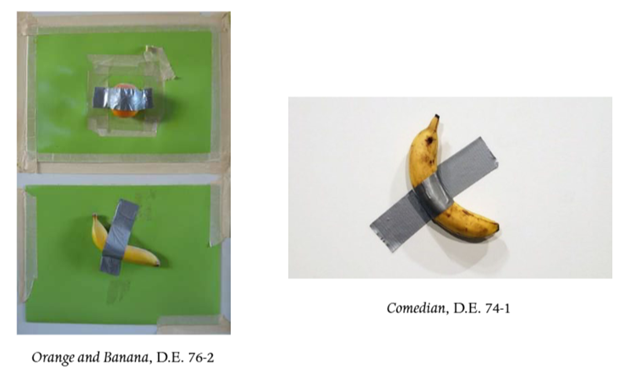The US Court of Appeals for the Federal Circuit found that an administrative patent judge’s (APJ) recusal in an inter partes review (IPR) based on ownership of stock in one of the defendant’s corporations in an amount below the statutory monetary threshold was not erroneous but remanded the case for further consideration of the copying evidence. Centripetal Networks, LLC v. Palo Alto Networks, Inc., Case No. 23-2027 (Fed. Cir. Oct. 22, 2025) (Moore, Hughes, Cunningham, JJ.)
Palo Alto Networks petitioned for IPR of Centripetal’s patent. The assigned three-member Patent Trial & Appeal Board panel instituted an IPR proceeding on the petition. Cisco sought joinder to the then-pending petition. Centripetal requested rehearing of the institution decision by either the Precedential Opinion Panel or the Board panel. The Precedential Opinion Panel denied the request.
In September 2022, Centripetal learned that a member of the Board panel owned stock in Cisco. However, Centripetal did not move for recusal until December 30, 2022, when it sought recusal of the entire panel and vacatur of the institution decision.
In January 2023, the Board panel denied Centripetal’s rehearing request and granted Cisco’s joinder motion. Nevertheless, two of the three members of the panel withdrew to narrow the issues before the Board. The reconstituted panel then denied Centripetal’s motion for vacatur and held that the recusal motion was untimely, because Centripetal had been aware of the potential conflict since September 2022.
In May 2023, the Board found certain claims of Centripetal’s patent to be unpatentable as obvious. Centripetal appealed to the Federal Circuit, arguing that the Board’s decision should be vacated because the allegedly conflicted APJ recused himself only after institution and because the Board failed to address Centripetal’s copying arguments.
The Federal Circuit determined that it had jurisdiction to hear the appeal, noting that the case turned on the interpretation of ethics rules and was not the first instance in which the Court reviewed a conflict-of-interest challenge involving an institution decision. The Court concluded that the Board did not abuse its discretion in determining that Centripetal’s recusal motion was untimely, as Centripetal had been aware of the potential conflict for three months before its filing.
The Federal Circuit also addressed the substance of the recusal motion and explained that the APJ’s stock holding in Cisco was less than the statutory $15,000 threshold at all times. Although Centripetal argued that different statutory provisions applied to APJs, the Court concluded that those provisions did not govern a federal employee’s personal financial holdings. Under the applicable statute, which requires recusal only when an employee owns more than $15,000 in a party, the Court found that the APJ was not required to recuse himself.
The Federal Circuit further found that Centripetal’s due process rights were not violated. The Court explained that ethics rules for Article III judges do not apply to administrative proceedings before APJs. The Court further noted that a recent (USPTO) memorandum directing the Board to avoid empaneling judges with any stock ownership in a party was not [...]
Continue Reading
read more


 Subscribe
Subscribe




